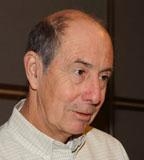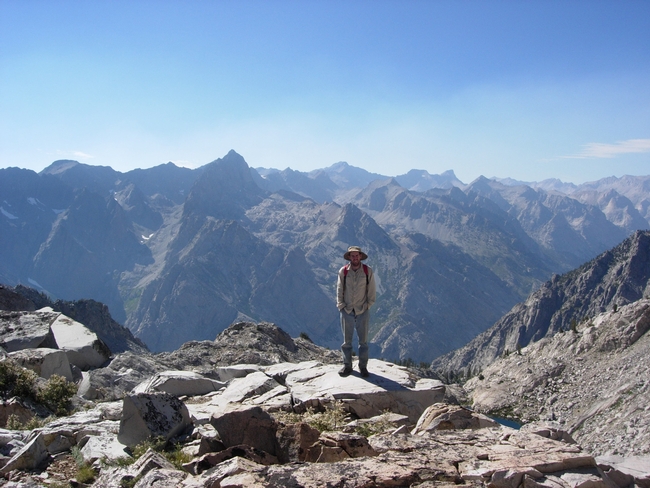
UC Davis doctoral candidate Bruce Graham Hammock, whose father, Bruce Dupree Hammock, is a distinguished professor of entomology at UC Davis, will present his exit seminar on Friday, Nov. 30 on “The Timing, Causes and Implications of Climate Change for Mayfly Drift.”
The seminar, open to all interested persons, will be presented from 3:30 to 4:30 p.m. in 366 Briggs.
“Many stream invertebrates, including mayflies, drift downstream via the water column. Curiously, mayfly drift is often ~100X higher at night than during the day, and exhibits peaks at dusk and dawn,” the doctoral candidate said. Previous work indicates that trout presence causes the nocturnal timing of drift (there is no known cause of crepuscular drift).”
His abstract: ? We asked whether invertebrate predators, by foraging nocturnally and at dawn and dusk, might also affect the the timing of drift. We found that invertebrate predator presence increased nocturnal drift rates more than diurnal drift rates, both in the presence and absence of trout, but were not the proximate cause of the crepuscular peaks in drift. We also quantified the relative importance of the causes of drift (i.e., food, benthic predation, and passive processes) across a canopy gradient.
“We found that drift is overwhelmingly an active process to improve fitness (i.e., caused by food limitation and predation), and that drift causes did not vary substantially with canopy cover. An outcome of the drift timing and cause work is that diurnal drift is largely a foraging behavior of mayflies. As such, mayfly drift behavior can be used to ask how the foraging of an ectothermic herbivore (mayfly) is likely to be affected by climate change, both in the presence and absence of an ectothermic invasive predator (trout). Because trout will become more dangerous to mayflies as trout metabolism increases (high elevation trout live largely below their thermal optimas), it is unclear how mayflies will respond to climate change in trout-bearing streams: will mayflies increase foraging to compensate for increased metabolism, or decrease foraging because of the increased threat of trout predation (or will these effects negate one-another).

Bruce Graham Hammock, a doctoral candidate in ecology, has a bachelor's degree in forestry from UC Berkeley. Currently he's a teaching assistant for a statistics class. Over the years, he has TA'd various classes, including limnology and restoration ecology. ??His future plans? "I'd love to keep teaching and doing research. He plans to begin a postdoc position in Swee Teh's lab, UC Davis School of Veterinary Medicine, this winter.
Bruce Dupree Hammock, who holds a joint appointment with the UC Davis Department of Entomology and the UC Davis Comprehensive Cancer Center, directs the campuswide Superfund Research Program, the National Institutes of Health Biotechnology Training Program and the NIEHS Combined Analytical Laboratory. He is a Fellow of the Entomological Society of America, a member of the prestigious National Academy of Sciences, and the recipient of the UC Davis Faculty Research Lecture Award in 2001 and the Distinguished Teaching Award for Graduate and Professional Teaching in 2008.
Attached Images:
